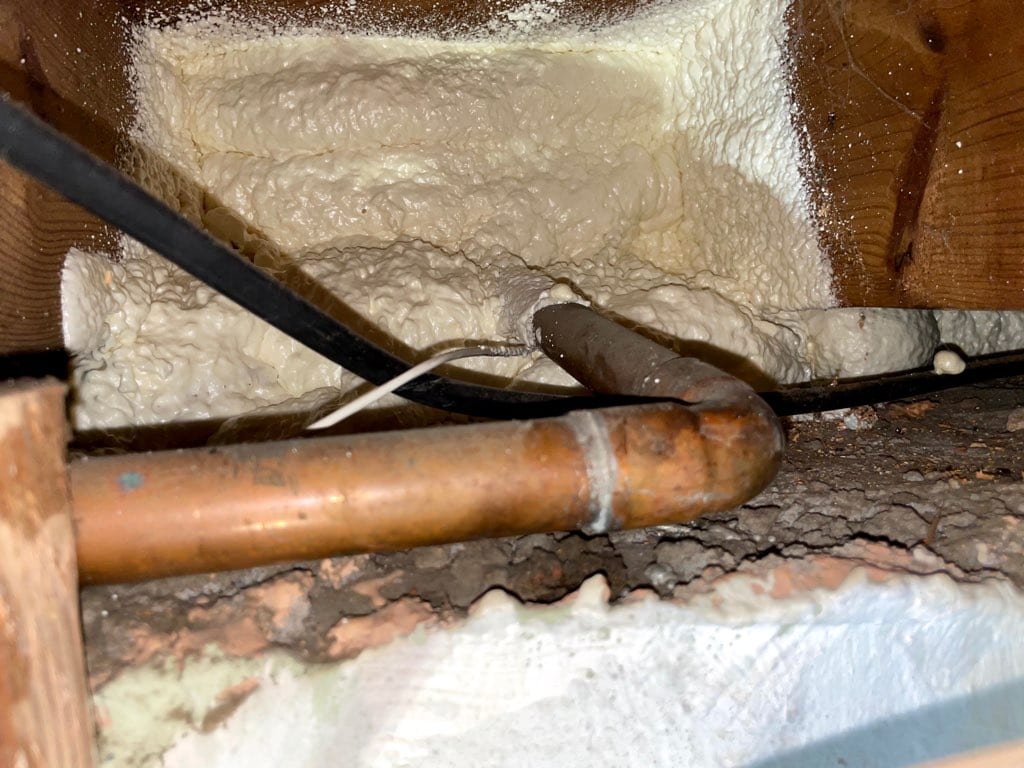Protect your Home from Freezing Pipes
At MyGreenKC we know Midwest winters can be hard on your home. Owner should address heating issues in the home such as equipment maintenance and efficiencies as well as insulation. But one underlying issue that gets forgotten is freezing pipes.

The water lines in your home have the potential to freeze if they are not properly protected. This will lead to big and expensive issues for homeowners. Frozen pipes can rupture and burst causing damage to the pipes itself but also to the walls, floors and structure of your home. In some instances even valued personal items can be damaged.
Kitchen and bathroom pipes are often not insulated against the freezing temperatures that can cause damage. They then rely on the same heat intended to keep your living spaces comfortable to keep them from freezing.
Your pipes likely rest in colder parts of your home like crawl spaces, basements or attics and may need extra protection. Here are our recommendations for avoiding the potential issues with freezing water lines:

- Keep the heat on – Even if you want to save energy while you’re away, it is best to keep the ambient temp in your home above 60 degrees. Some landlords require that residents leave thermostats at this range or higher to avoid potential damage to the property.
- Allow warm air to circulate through the house – Make sure that you are not closing off areas where pipes exist (bathrooms, kitchens/cabinets) from heat. If there are not proper heat sources in these areas make sure not to close any doors that would cut them off.
- Seal the areas surrounding pipes – Cold air can get through foundations and circulate in walls and cabinets where pipes are running. Be sure to have sealed the inner and outer areas where air gaps are present. If possible check floors, walls and cabinets where pipes enter areas of the home. The outside air can seep through these gaps to make the vulnerable areas even colder.
- Insulate the vulnerable areas – Pipes in crawl spaces, basements and attics can be further protected by being sure that these areas are properly insulated. Adding insulation in walls and above ceilings can add efficiency to heating systems while preventing cold air from entering the home.
In some cases of extreme cold it may also be a good idea to leave the bathroom or kitchen faucet on at a drip in order to keep water moving through the pipes and less likely to freeze. Homeowners may also want to install heat tape directly to pipe. These are elements that can be turned on or be automated to add heat directly to pipes in extreme cold temperatures. Contact MyGreenKC for any of your Air Sealing and Insulation Needs.

